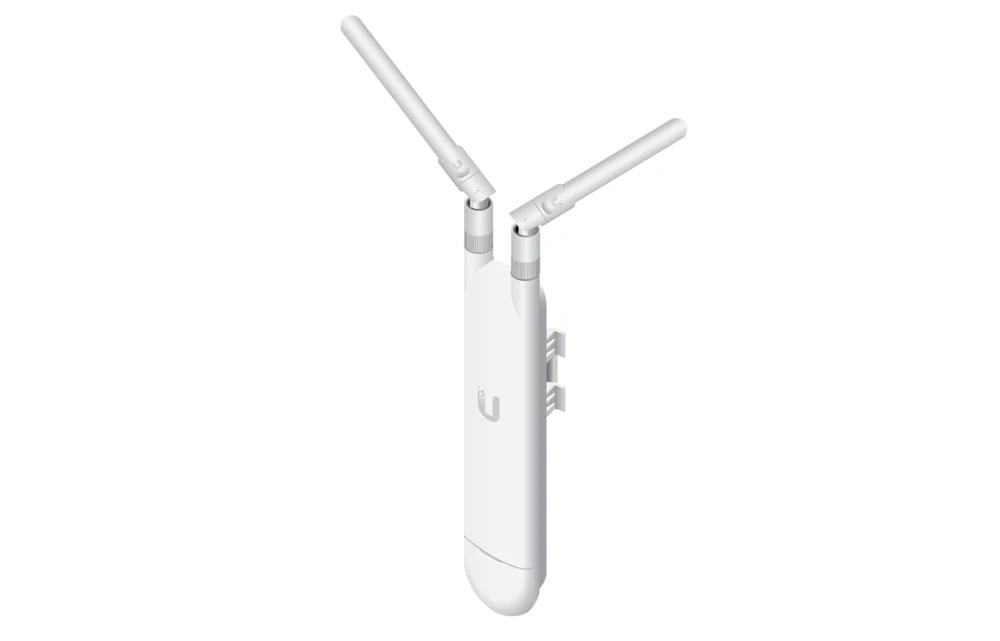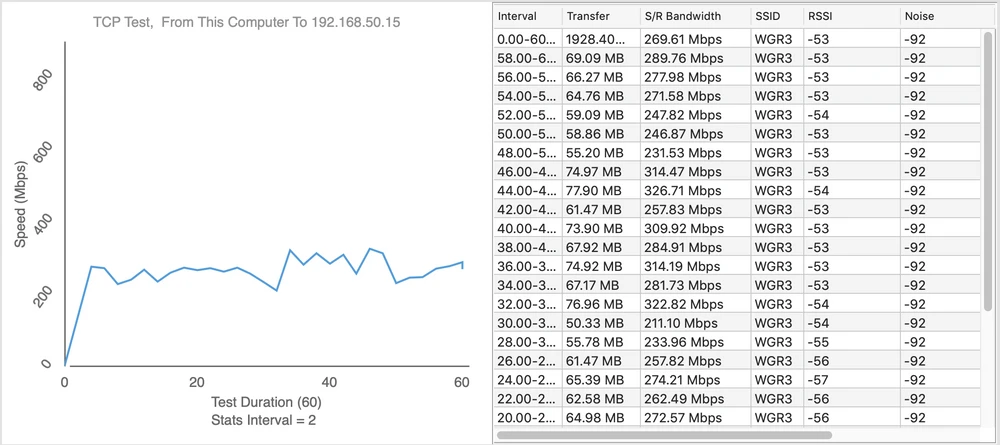In summary. It is quite difficult to present the pros and cons of a mesh network based on Ubiquiti UAP-AC-M access points, but ...
The antennas included in the kit will not stand the time test when used in locations exposed to weather conditions. But you can use a dedicated dual-band
Ubiquiti UMA-D antenna, which will probably survive outdoor work without any problems.
You can also stick to an unattractive look, but is that the most important ? After all, there are many devices on the market that do not impress with their appearance, but are very efficient.
The need to use
UniFi OS Console should be an advantage. After all, with the
UniFi OS Console, we can manage the entire structure of our network and all Unifi devices. Additionally, all hardware controllers (
UC-CK,
UCK-G2,
UCK-G2-Plus) can be connected to the UniFi Cloud and always have remote access to every network we manage.
Surely the lack of noise generation, outside the actual broadcasting channel, deserves a huge advantage. This allows to create a wireless network with high density (e.g. Mesh).
It is also worth mentioning the possibility of creating up to 8 BSSIDs on each device and VLAN support, which helps to isolate traffic in our wireless network.
Generalizing.
UniFi AC Mesh as the first of the devices tested, came out very well.
Ubiquiti Inc. showed that
UniFi UAP-AC-M is properly qualified for the
WiFi4EU project and will be ideal for any wireless network at home, office or industry.
We will see how other companies' devices will work in the next parts of our tests...
 Click to enlarge!
Click to enlarge!
 Click to enlarge!
Click to enlarge!
 Click to enlarge!
Click to enlarge!
 Click to enlarge!
Click to enlarge!
 Click to enlarge!
Click to enlarge!
 Click to enlarge!
Click to enlarge!
 Click to enlarge!
Click to enlarge!
 Click to enlarge!
Click to enlarge!
 Click to enlarge!
Click to enlarge!
 Click to enlarge!
Click to enlarge!
 Click to enlarge!
Click to enlarge!
 Click to enlarge!
Click to enlarge!
 Click to enlarge!
Click to enlarge!
 Click to enlarge!
Click to enlarge!
 Click to enlarge!
Click to enlarge!
 Click to enlarge!
Click to enlarge!
 Click to enlarge!
Click to enlarge!
 Click to enlarge!
Click to enlarge!
 Click to enlarge!
Click to enlarge!